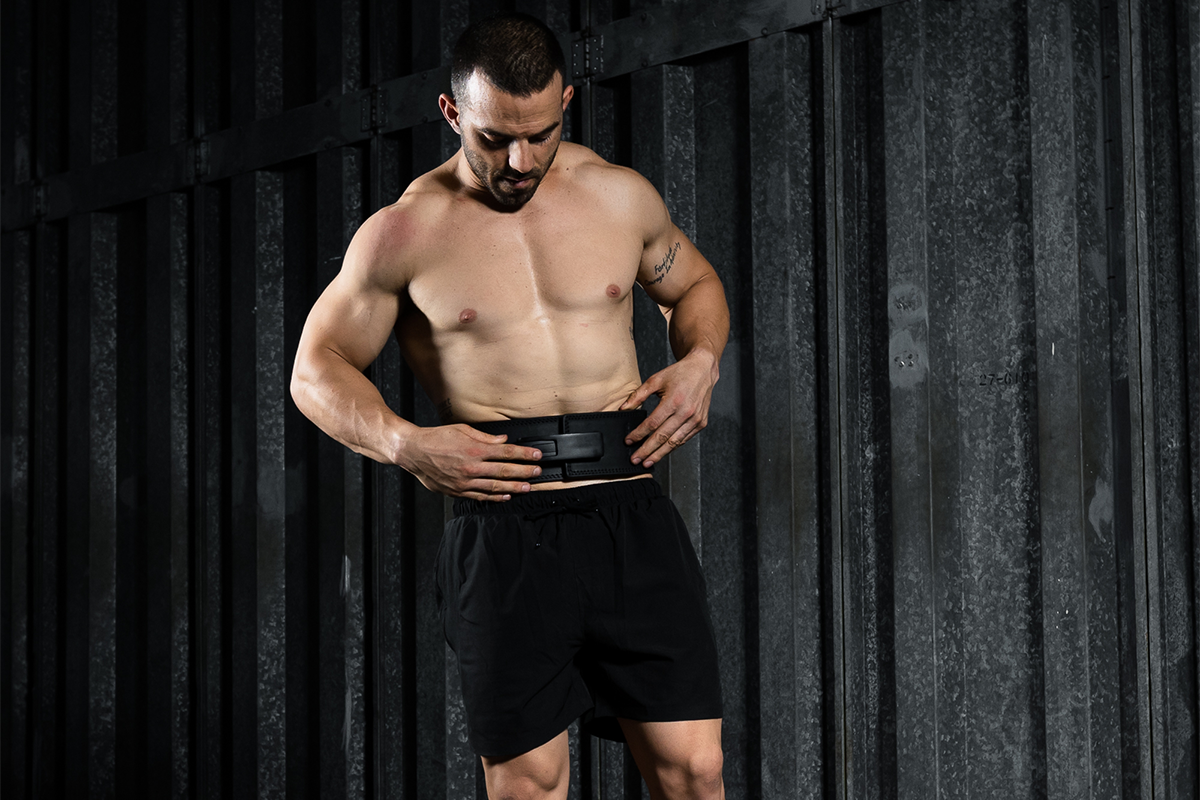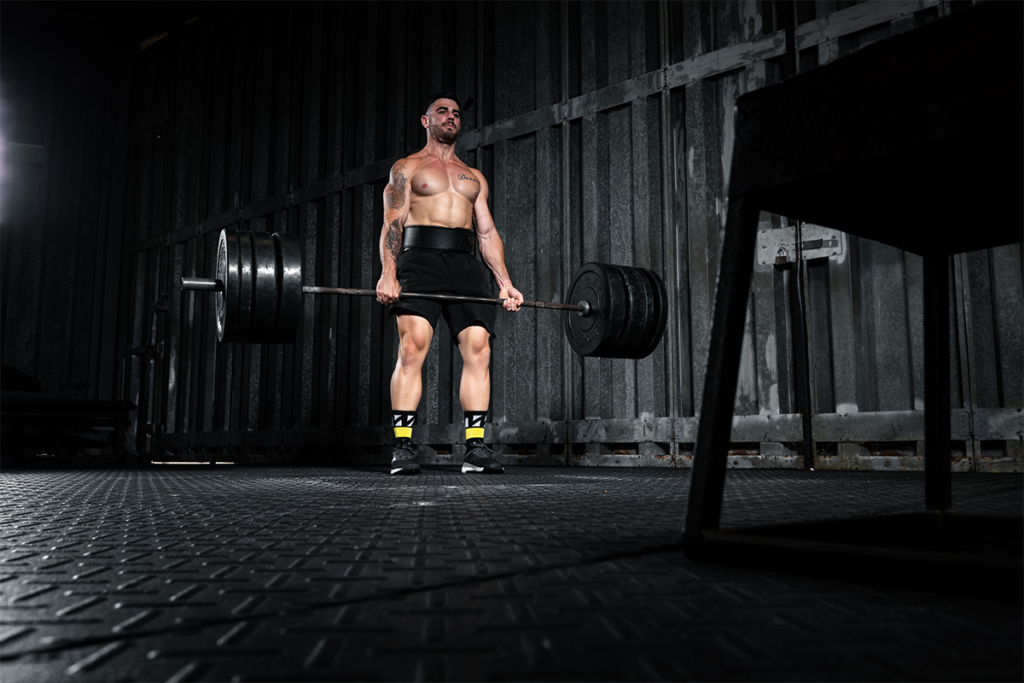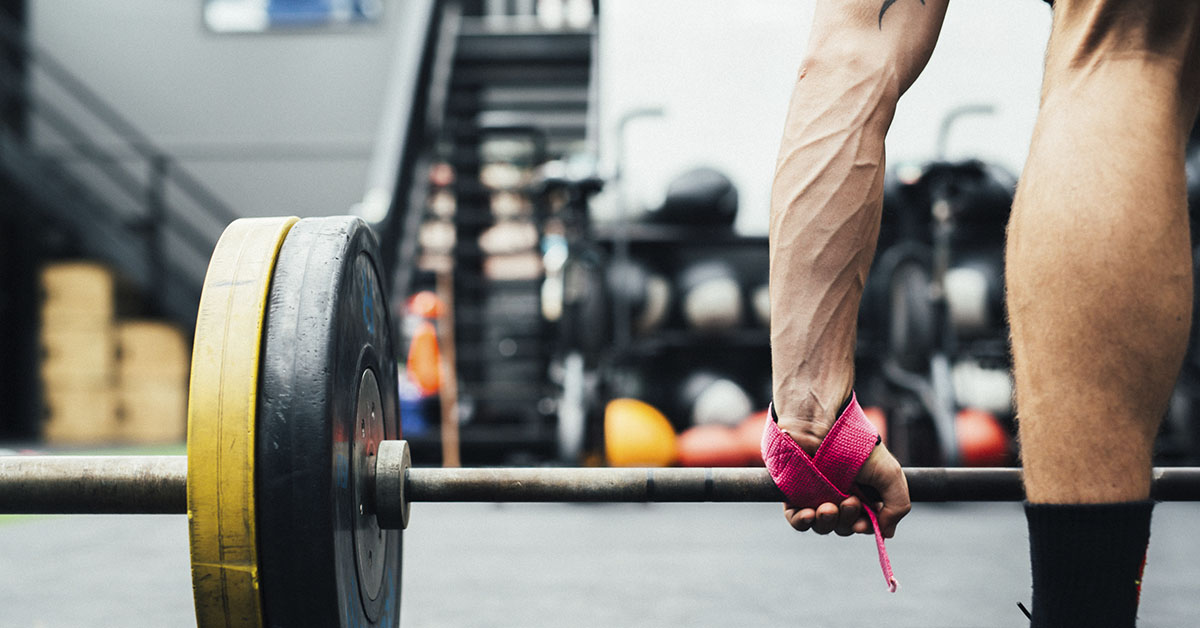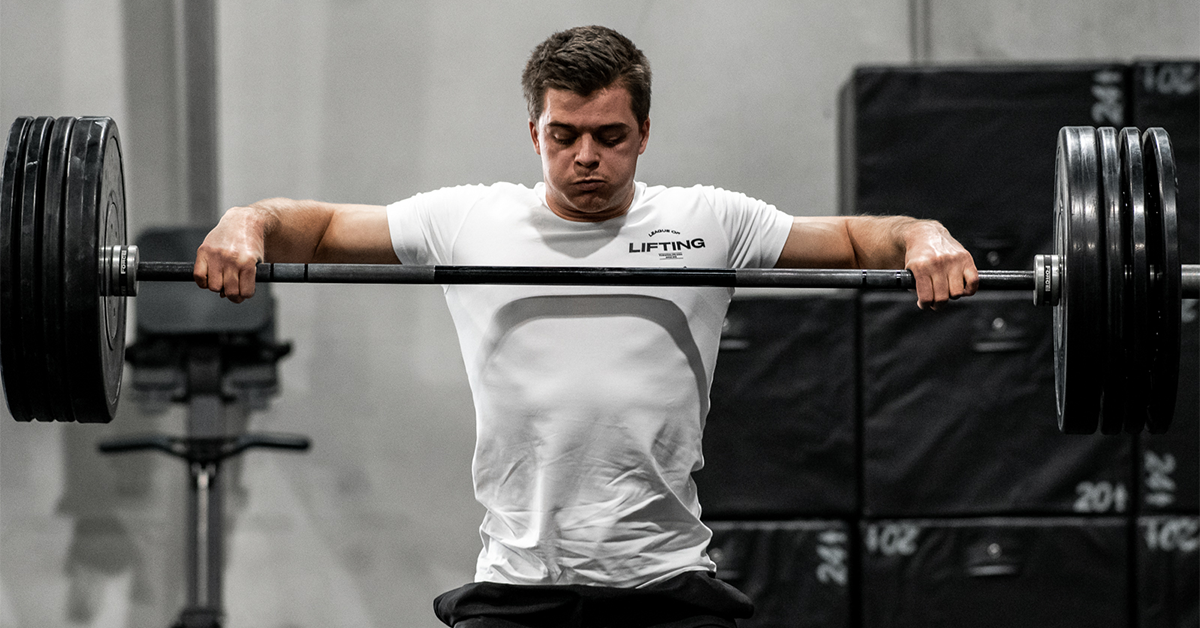You’ve seen athletes around the gym wearing weightlifting belts, but what exactly do they do, and why might you need one? Let’s talk about the four benefits of a lifting belt and how they can improve your barbell work.
Psst! Check out our ultimate guide to belts for even more information.
4 Benefits of a Lifting Belt: How Can They Help You?
Buckling up a lifting belt looks cool, yes! But they serve a far more important purpose than this.
1. Lifting Belts Stabilize the Spine
During heavy squats, cleans, and deadlifts, athletes sometimes let their midsections sag. And during overhead lifts, they end up hyperextending their back, meaning it arches. Neither scenario is beneficial or safe.
Ideally, your spine forms a pretty straight line during your lifts. This ensures that you’re engaging the correct muscles and also protecting yourself from injury. The spine is not meant to support heavier weights when it’s in a compromised position.
2. They Reduce the Pressure on Your Lower Back
Working with a barbell offers countless benefits, but there are also a few drawbacks. One drawback is how much pressure it puts on your spine.
While it’s true that you need to build up your own raw strength (meaning you do plenty of heavy lifting without a belt), one of the benefits of a lifting belt is that it’s an added layer of protection. It’s going to take on some of the pressure that your lower back is experiencing so that you don’t have to.
Shop Now
3. Weightlifting Belts Teach You How to Engage Your Core
You cannot execute a single lift without your core. However, that doesn’t stop some of us from trying! Another benefit of lifting belts is that they don’t do you much good unless you brace yourself against them.
For example, before performing a heavy squat, you take a big breath in, fill your belly, and feel it pushing against the belt since the belt fits snugly. And then, you squat. This added pressure works in your favor by keeping your core engaged, which helps you stay upright — as opposed to collapsing at the bottom of the squat.
Even once you take the belt off, you’re going to remember how to brace your core.
4. They Support You in Going Heavier
Because of all of these benefits of lifting belts, most athletes can lift more wearing a belt than they can without one. Does this mean you should wear a belt all the time? Absolutely not! There’s a time and a place for them, and if used improperly, they can work against you.
However, if you’re maxing out a lift and you’re so close to hitting that next PR, a lifting belt might be all you need to be successful.
Remember that lifting belts don’t make up for weakness or poor form. You should be able to safely do much (if not most) of your lifting without one. And then, when it’s appropriate, buckle up your belt and lift some serious weight!
Ready to enjoy all the benefits lifting belts have to offer? Shop our full collection today.


















